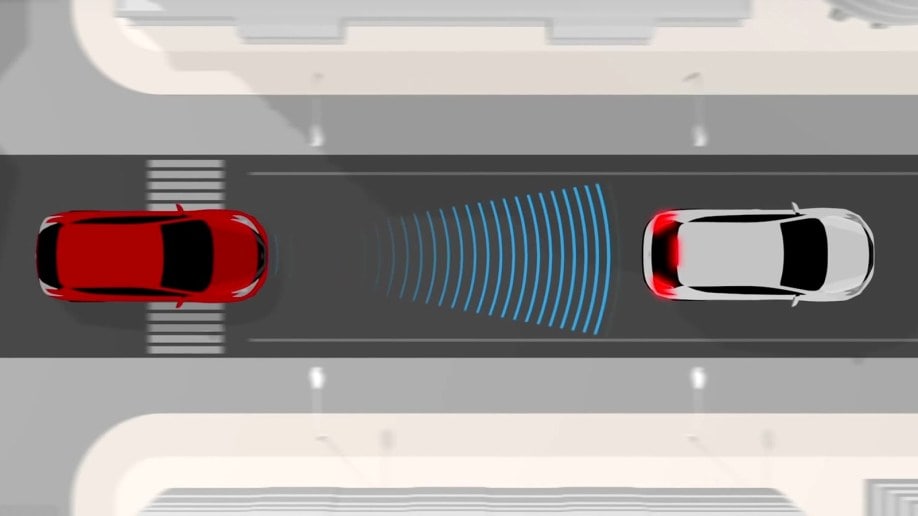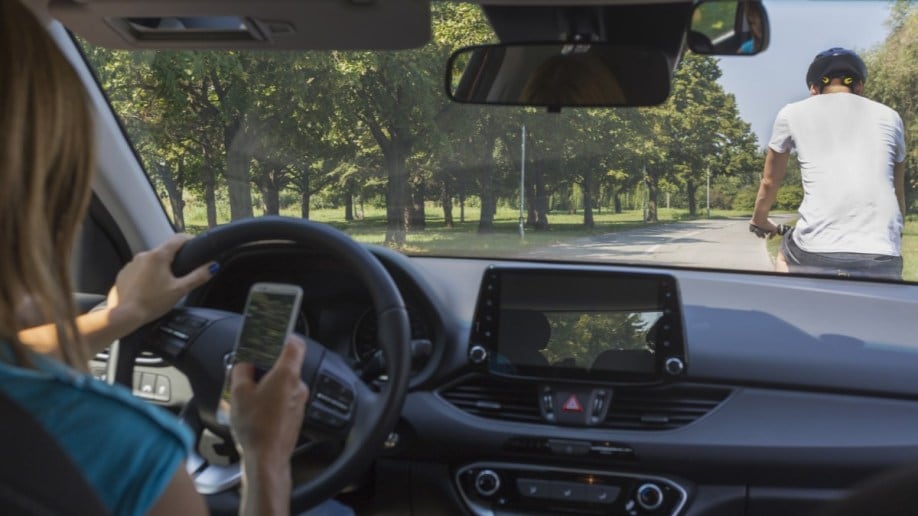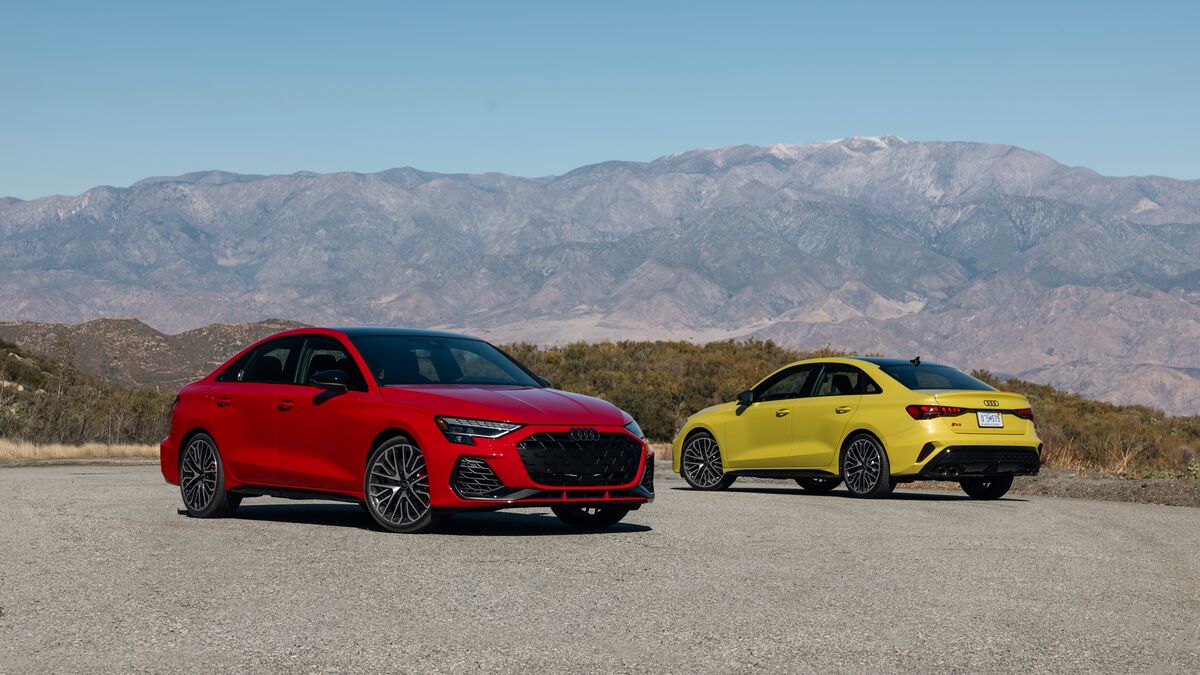

The National Safety Council reports that the number of bicyclists killed by cars has jumped by 44% in just a decade.
Automatic Emergency Braking Growing Common
The increased risk comes even as cars, theoretically, are learning to stop themselves from hitting pedestrians and bicyclists. Automatic emergency braking systems first appeared more than a decade ago. They’re now found on most cars. Even budget vehicles like the 2022 Mitsubishi Mirage come with pedestrian-detecting emergency braking systems.
Related: How Does Automatic Emergency Braking Work?
Safety advocates increasingly warn, however, that the systems are inadequate. Recent Insurance Institute for Highway Safety tests show that automatic braking systems are much less effective at night.
Why Just Rely on the Car?
A collision, of course, involves two objects. Automatic braking systems rely on just one of them. They work when a car detects a person. Ford thinks it’s possible to supplement that idea with another in which the person warns the car.
The idea hinges on a smartphone app. The app, Ford explains, would use “Bluetooth Low Energy (BLE) messaging to communicate their location to a connected Ford vehicle.” The vehicle could then warn drivers a pedestrian or cyclist was near, even if they were still out of view.
BLE, Ford explains, “is widely used technology in personal electronics devices, including smartphones, fitness monitoring devices, location-based services, entertainment, and much more. It uses very low power with batteries as small as dimes to operate for a very long time.”
Today’s automatic emergency braking systems work through cameras, radar, or lidar technology – all of which require a line of sight to detect an object. BLE technology could warn cars of phone-carriers outside their line of sight.
The company will demonstrate the technology at the Intelligent Transportation Society of America’s (ITSA) World Congress in Los Angeles this week.
Adoption Could be a Challenge
It’s a long way from being a practical solution for bicycle and pedestrian safety. It would also require buy-in from almost everyone for it to work. Multiple cities and several states introduced COVID exposure notification apps using BLE during the early days of the COVID-19 pandemic. None saw widespread use.
But every little bit helps. And, as long as we’re all at risk from drivers distracted by their phones, we might as well use our phones to reduce the danger.







